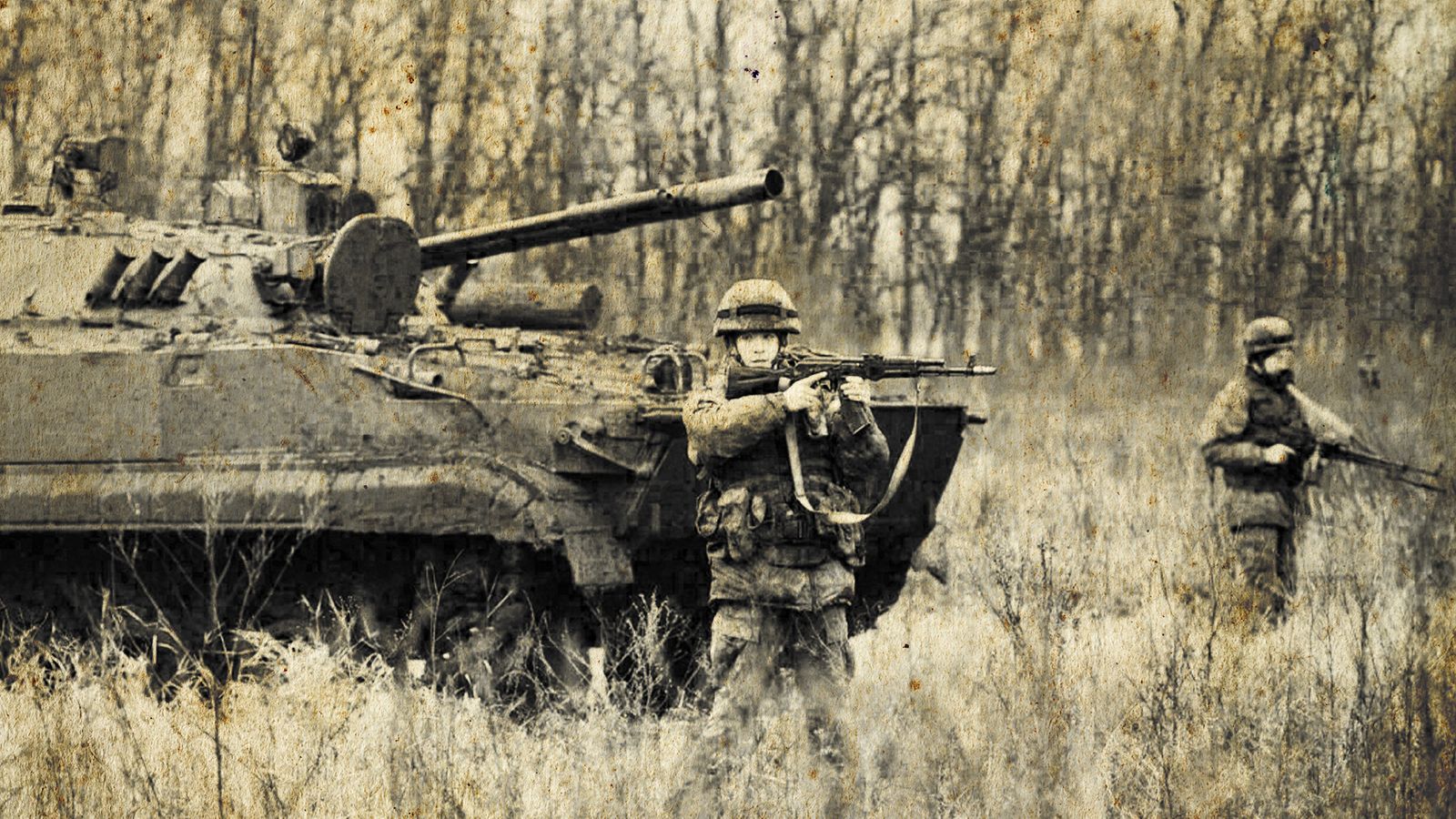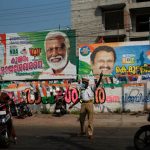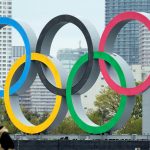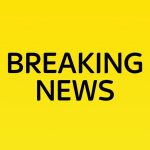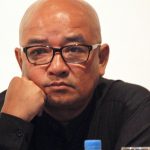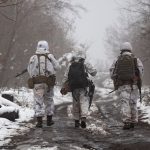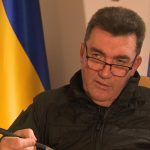The US and UK have warned by Russia that it would “pay a heavy price” if it invades Ukraine.
Tensions between Russia and the West are the worst they have been since the Cold War, with UK Foreign Secretary Liz Truss claiming that an invasion would “only lead to a terrible quagmire and loss of life”.
Currently more than Russian 100,000 troops are stationed at various points along its border with Ukraine – a former Soviet state.
Follow live updates as Russia and the US hold critical talks in Geneva
Please use Chrome browser for a more accessible video player
President Vladimir Putin and his officials insist they are just carrying out military exercises, but fears of an invasion have been mounting since late last year when satellite imagery showed Russia sending more equipment and personnel.
Here Sky News looks at what’s happening on the Russian-Ukrainian border, why tensions are so high and what it means for the West.
What’s the history between Russia and Ukraine?
Russia-Ukraine crisis: Conflict may have been postponed but not averted
Russia-Ukraine crisis: US warns any movement of Russian military forces across border will be met with ‘severe response’
Russia-Ukraine live updates: US and Russia hold critical talks as White House warns of ‘united, swift and severe response’
Ukraine was part of the Russian empire for centuries before it became part of the USSR.
When the Soviet Union dissolved with the end of the Cold War in 1991, Ukraine became independent.
Although their shared history means the two are still very culturally linked, Ukraine has sought to distance itself from Russia in recent years and instead look to the West for support.
By contrast, Ukraine was a huge loss for Russia, as it had the biggest population of all the former Soviet states to break away from Moscow.
And with Vladimir Putin’s rise to power, the Kremlin has sought to regain influence and control over its former territories.
This began with a more subtle approach in the early 2000s, but when his favoured candidate in the 2004 Ukrainian election Viktor Yanukovych was ousted for rigging the result amid “Orange Revolution” protests in Kyiv, things began to change.
Furious with the election of pro-Western opposition candidate Victor Yushchenko, Mr Putin’s approach became more aggressive.
It culminated in Russia’s illegal annexation of the Ukrainian peninsula of Crimea in 2014.
Mr Yanukovych managed to gain power after five years of Mr Yushchenko in 2010 and served for four years.
But when the Kremlin-backed president rejected an association agreement with the EU in favour of bolstering relations with Moscow, there were huge protests and he was ousted.
Russia’s response was to annexe Crimea and declare it independent from Ukraine.
It also sent troops into the Ukrainian regions of Donetsk and Luhansk – an area known as Donbas – to support separatists who had been trying to break away from the country.
Fighting in Donbas, which is near the Russian border, has resulted in the death of more than 14,000 people since 2014.
France and Germany spearheaded a peace agreement between the two sides in 2015, which helped end major conflicts, but it failed to unite the two sides politically and small-scale tensions have continued since then.
In early 2021 there had been increasing incidences of breaking the 2015 ceasefire, which fuelled fears of a war, but in April Moscow pulled back most of its troops and tensions lessened.
Please use Chrome browser for a more accessible video player
Where are troops stationed now?
Currently there are around 100,000 Russian troops stationed at various points along its 1,200-mile border with Ukraine.
Last week US intelligence officials claimed that Russia is planning to deploy as many as 175,000 troops in preparation for a potential invasion that could happen early this year.
Most of Russia’s military presence on the border is concentrated in the eastern breakaway provinces of Donetsk and Luhansk where its soldiers have been stationed in support of separatist rebels since 2014.
There has also been significant military presence to the north of Ukraine in areas such as Klintsy and Yelnya.
Satellite images from Yelnya, which also borders Belarus, in November 2021 showed Russia increasing its military presence, which has fuelled fears a war could break out, given its strategic location near the Ukrainian capital Kyiv.
Aerial imagery has also revealed Russian military activity in areas north east of the Ukrainian border.
In November battle groups were seen training in Pogonovo before forces were pictured stationed at Soloti in December.
Tens of thousands of troops are also still stationed inside the annexed territory of Crimea, with satellite images revealing significant Russian military deployments there in November last year.
Ukrainian officials have repeatedly expressed concerns about Russian presence on the border, while the Kremlin insists it is just military training.
What does Russia want?
After rising to power in 2000, Vladimir Putin has sought to maintain the Russian “sphere of influence” over its two neighbours and former Soviet states of Ukraine and Belarus.
Any attacks on either state are seen by the president as a direct attack on Russian sovereignty.
He is also fearful of Western involvement in either resulting in a new democracy being established on the doorstep of Russia, which has become increasingly autocratic during his rule.
As such Russia has issued a list of demands that would reduce Western influence in the region.
It includes a guarantee that Ukraine would never become a member of NATO, that the two end their security alliance, and that numbers of NATO troops in eastern Europe are reduced.
The US and other Western allies have described such demands as “non-starters” and completely unreasonable.
US Secretary of State Anthony Blinken has been taking part in crisis talks with Russian officials, including foreign minister Sergey Lavrov, this week in a bid de-escalate tensions.
So far the West has indicated it would be prepared to compromise on how it carries out military exercises within the region and the location of missiles.
What does Ukraine want?
Ukraine insists that Moscow cannot control whether it moves closer towards becoming a member of NATO or other Western alliances.
Ukrainian President Volodymyr Zelensky has said Russia is trying to destabilise the country in a bid to oust him.
He says such a coup could come ahead of any potential military invasion.
Ukraine has also suffered a winter energy crisis after Russia imposed crippling sanctions on fuel imports.
How is the UK involved?
The UK has deployed 2,000 anti-tank missile launchers and 30 elite troops to help train the Ukrainian armed forces in the face of a potential fresh Russian invasion.
An RAF C-17 transport plane has been seen flying back and forth between the UK and Ukraine since Monday, according to flight-tracking software.
The weapons and personnel are being deployed as part of Operation Orbital, the British training mission set up in Ukraine in 2015 following the annexation of Crimea.
Defence Secretary Ben Wallace has stressed that British military presence in Ukraine is only for “early-stage training” and “self-defence”.
“They are not strategic weapons and pose no threat to Russia,” he said this week.
“They are to use in self-defence and the UK personnel providing the early-stage training will return to the UK after completing it.”
A spokesperson for the Russian-UK ambassador said however: “It is crystal clear that UK shipment of lethal weapons to Ukraine will only fuel the crisis.”
How could it affect relations with the West?
A fully-fledged conflict between Russia and Ukraine would have extreme consequences for international relations.
It would deepen hostilities between Moscow and the US, the UK, NATO and other Western member states.
Speaking on a visit to Australia, Liz Truss said: “An invasion will only lead to a terrible quagmire and loss of life, as we know from the Soviet-Afghan war and conflict in Chechnya.
“We need everyone to step up. Together with our allies, we will continue to stand with Ukraine and urge Russia to de-escalate and engage in meaningful discussions.
“What happens in eastern Europe matters for the world.”
In December NATO secretary general Jens Stoltenberg threatened Russia with economic sanctions and “political restrictions”.
He described the risk of an imminent invasion as a “defining moment for European security” and expressed his continued support of “deterrence, defence and combined dialogue”.
